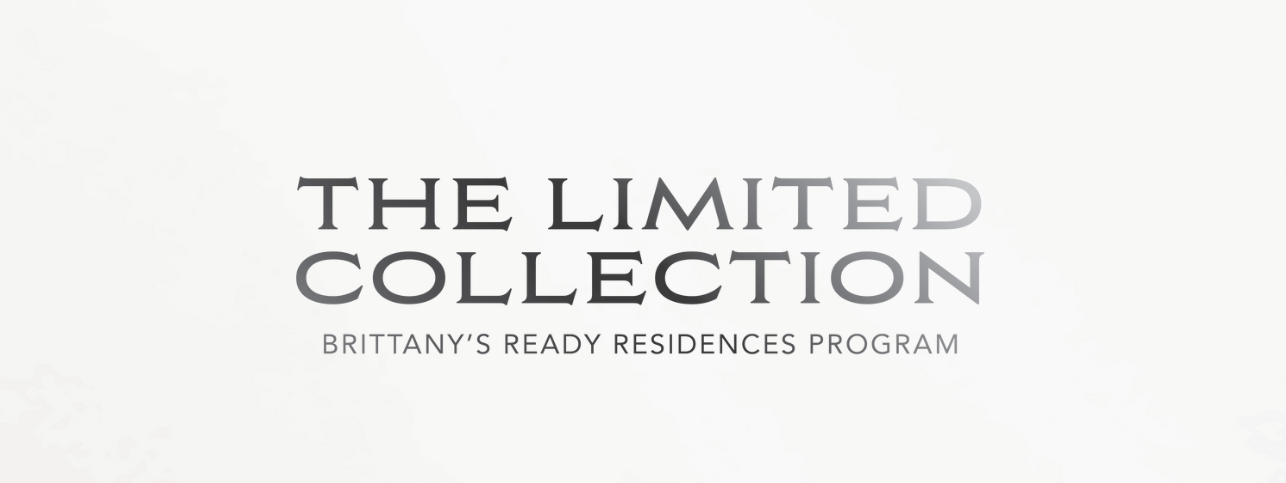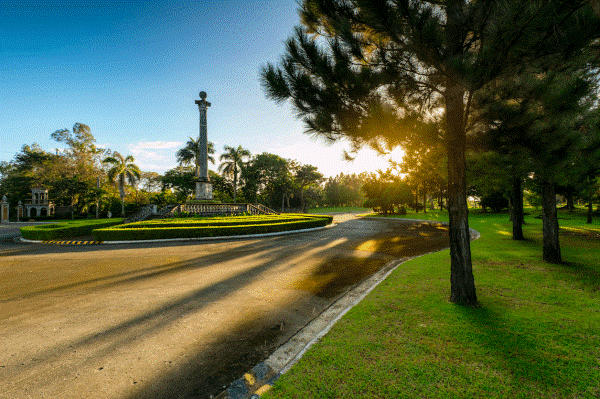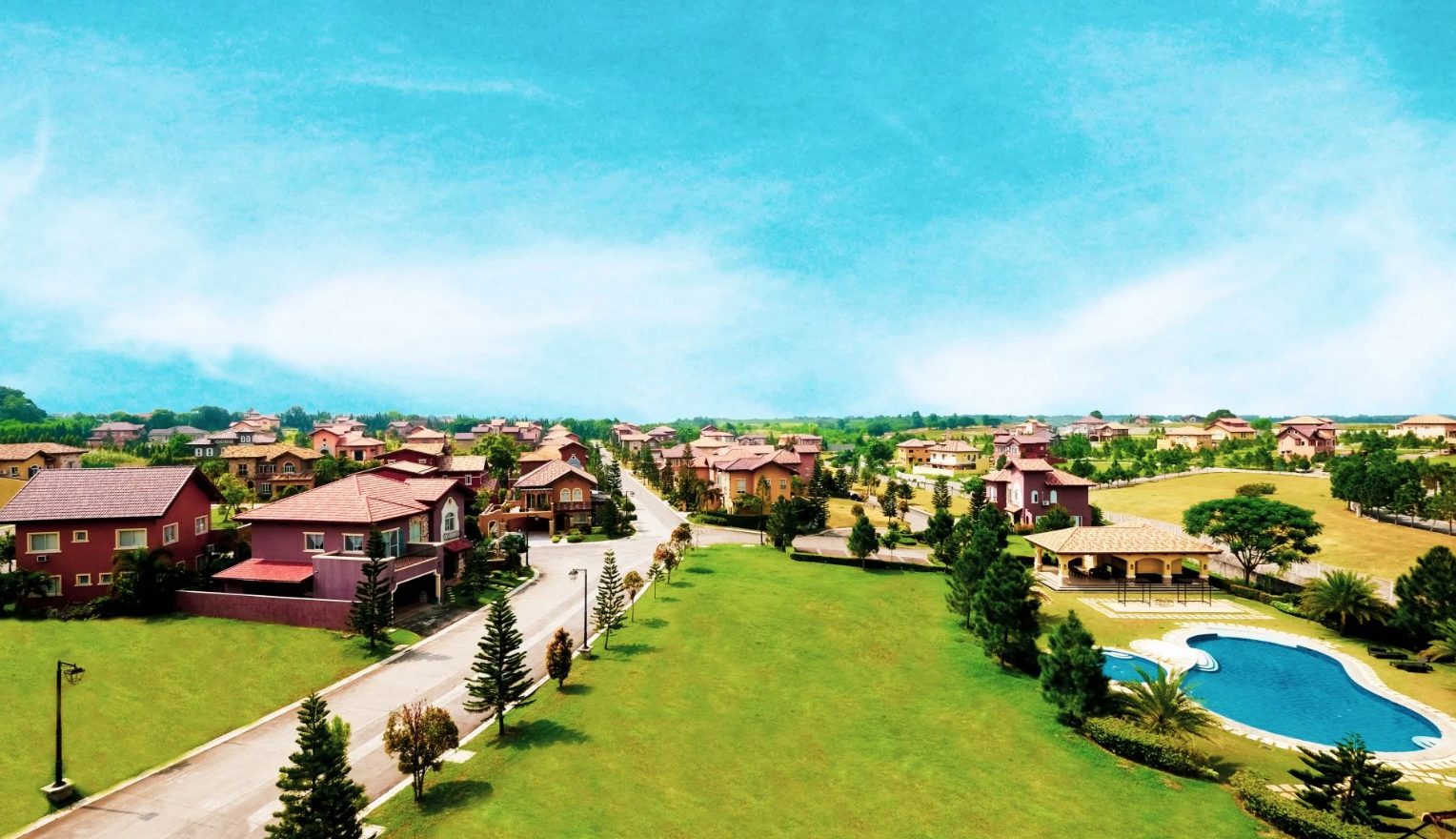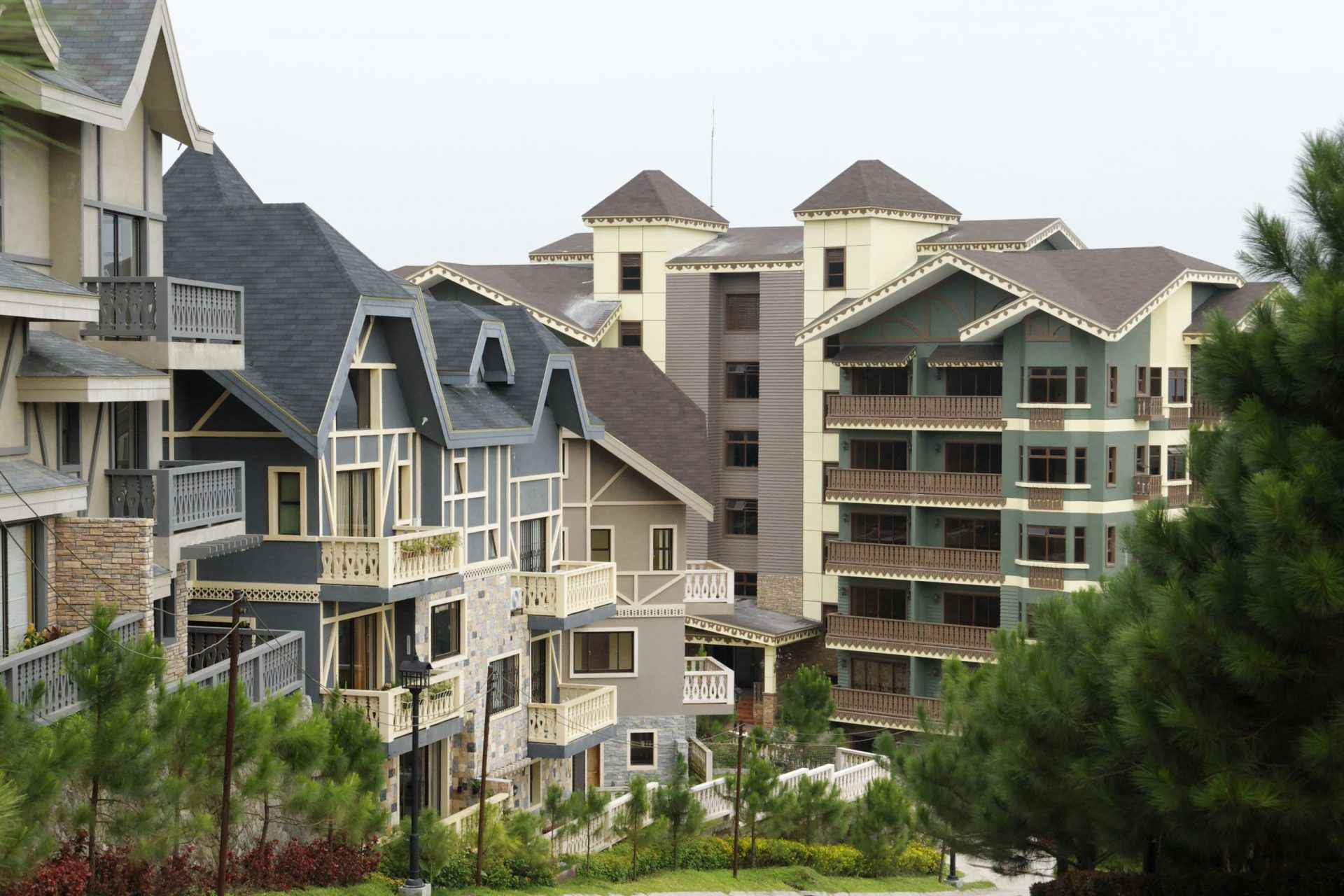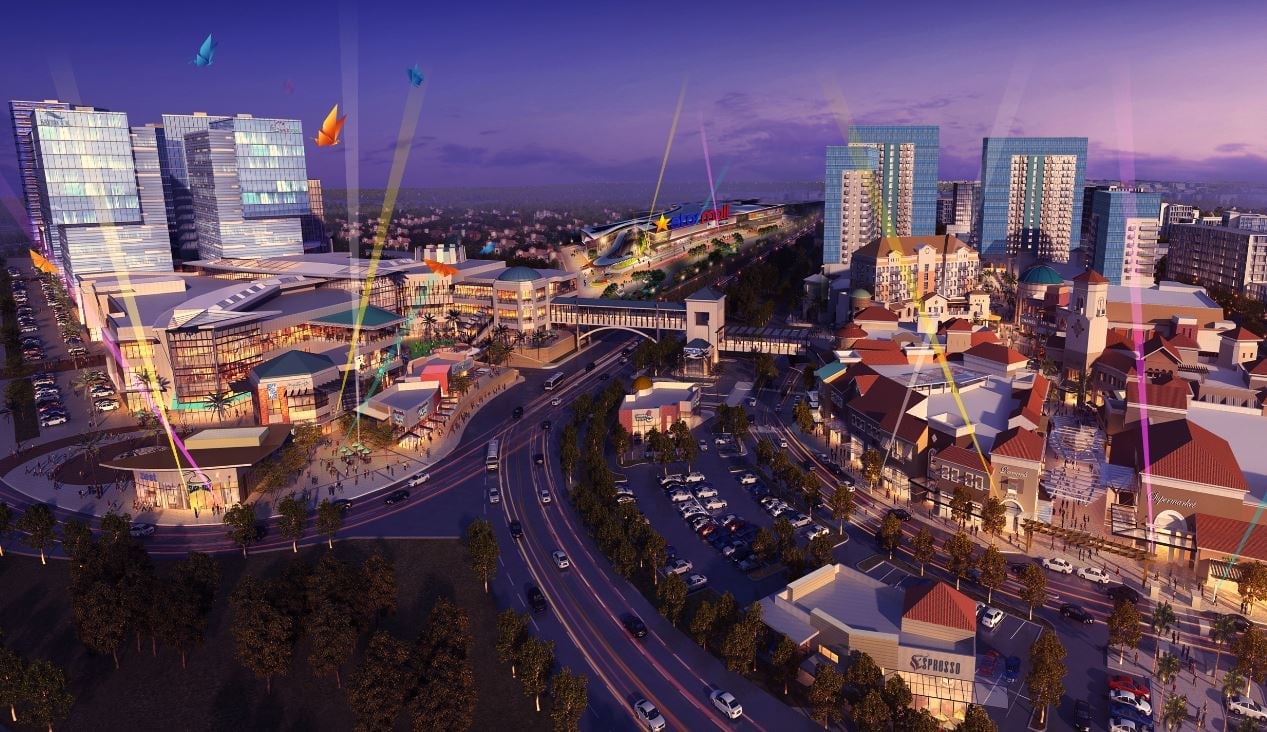BLOGS
Why Consider LEED Certification in Choosing Your Next Luxury Residential Property
One of the reemerging themes in the local real estate market is “Green Growth.” As the corporate community, real estate investors, and even renters start to change their priorities in protecting their health and safety while inside their workplaces, more client and market demand is moving toward sustainable construction.
The Philippines has for the first time made it to the USGBC (US Green Building Council) annual list of Top 10 Countries and Regions for LEED, which is a testament to the enormous growth of green buildings in the nation.
With a total of 11 million certified square feet across 24 projects, the nation claimed the tenth-most LEED space outside of the US in 2022.
What is Green Building?
Green Building Certification is a holistic idea that begins with the knowledge that the built environment can have significant influence on the surrounding environment as well as the people who live there every day, both positively and negatively.
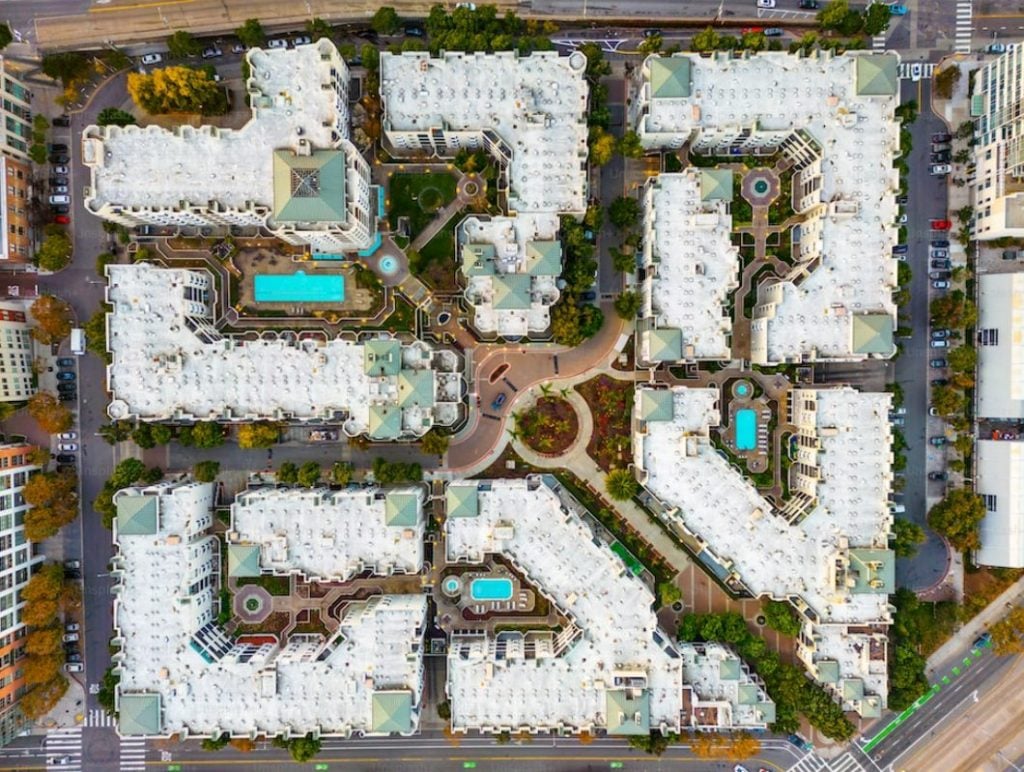
Throughout a building’s full life cycle, green construction aims to increase the good effects and reduce the negative ones. In actuality, it advances the traditional building design objectives of affordability, usefulness, robustness, and comfort. Green building and green building council gives project teams a more solid foundation to include the three pillars of sustainability (people, planet, and prosperity) in their projects by broadening the scope in this way.
The planning, design and construction (and demolition), and operation of buildings with several central, foremost considerations: energy use, water use, indoor environmental quality, materials and resources selection, site and location within the surrounding community, are generally accepted to be green building practices. The core characteristics for the various credit categories within the LEED green building rating system are made up of these components. In all of these categories, LEED serves as a framework for decision-making for project teams, rewarding best practices and innovation and highlighting exceptional projects with various levels of LEED certification.
What is LEED?
LEED (Leadership in Energy and Environmental Design) is the most extensively used system for assessing green buildings in the world. LEED offers a foundation for green buildings that are healthy, effective, and cost-effective and is accessible for almost all building types. LEED certification is globally recognized as a mark of leadership and success in sustainability.
All building types, including new interiors, design construction and operation and maintenance, core and shell, are influenced by the LEED framework. Around the world, millions of people reside, work, and learn in LEED-certified structures.
What is LEED Certification?
LEED certification is a choice made by owners and project teams to inform, measure, and celebrate their sustainability objectives and accomplishments. The framework of LEED, which is based on years of experience, gives people the power to select eco-friendly choices in line with the goals and requirements of their projects.
Now is a great moment to choose the LEED rating system that best suits the project when the project teams define a vision for the project’s objectives, scope, and spatial program. The LEED Building Design and Construction grading system should be chosen if the project involves the construction of a new structure or significant renovations. LEED for Interior Design and Construction is used for projects that concentrate on brand-new interiors. LEED Building Operations and Maintenance o m is chosen by existing structures that prioritize operations. There are modifications for typical project types within these rating systems, including Core and Shell, Schools, Hospitals, Data Warehouses, and more, all of which are described in the links above. These modifications emphasize environmentally friendly strategies that are specific to certain kinds of buildings.
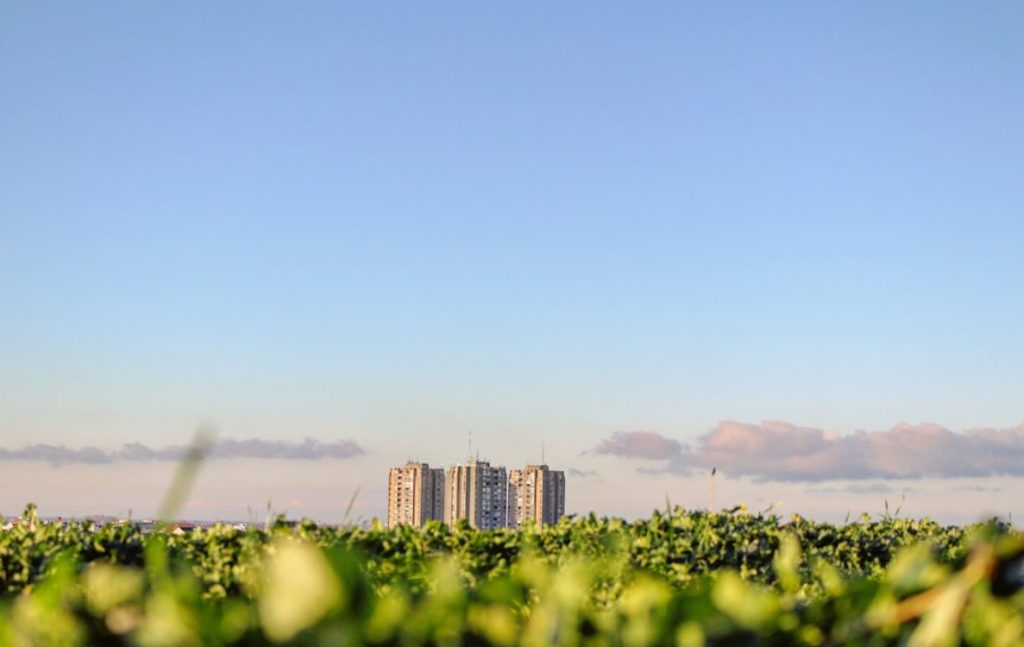
Once a LEED rating system is chosen, it is important to study its minimum program requirements and prerequisites. To determine the requirements for their grading system, project teams can consult the LEED Reference Handbook or LEED credit library. The next step is to create a certification strategy and choose the credits that the project will pursue if the project team has decided that these requirements can be met. The plan is made to fit the project’s characteristics, location, and unique experiential, environmental, and financial objectives. At this point, the LEED scorecard is a useful resource. Project teams frequently establish a best-case scenario in which they reach all of their targeted credit thresholds and a worst-case scenario in which they reach the minimal number of points needed to be certified. Project teams can gain in-depth knowledge of the objectives, measurements, and documentation tactics for each requirement and credit by consulting the free LEED credit library.
Benefits of LEED
The most popular green building grading system in the world is LEED. The framework for healthy, highly effective, and cost-effective green buildings that bring advantages to the environment, society, and government is provided by LEED certification, which is available for almost all building types. Globally recognized as a mark of leadership and success in sustainability, LEED certification.
One of the real estate industry’s enduring trends has been sustainability. As more businesses seek office space with long-term value and benefits, more green buildings should be built in the Philippines. To take advantage of the potential and adhere to the requirements of the USGBC and PHILGBC in the construction, management, and development of commercial buildings, real estate developers and landlords are more likely to design high-quality buildings with green features.
Better for Business and the Bottom Line
Buildings with the LEED certification are a valuable asset for owners, tenants, and communities. They have demonstrated to be excellent investments in commercial real estate.
Investors that use LEED can monitor and manage their real estate performance. It enables investors to put in place management procedures that emphasize building effectiveness, cut down on operating expenses, and raise asset value.
Better for People
Physical well-being and health are given top priority by LEED. The ranking system places an emphasis on measures to enhance air quality, such as eliminating smoking and lowering toxic exposure from materials. Promoting local, sustainable food production and active design encourages people to move more and eat better.
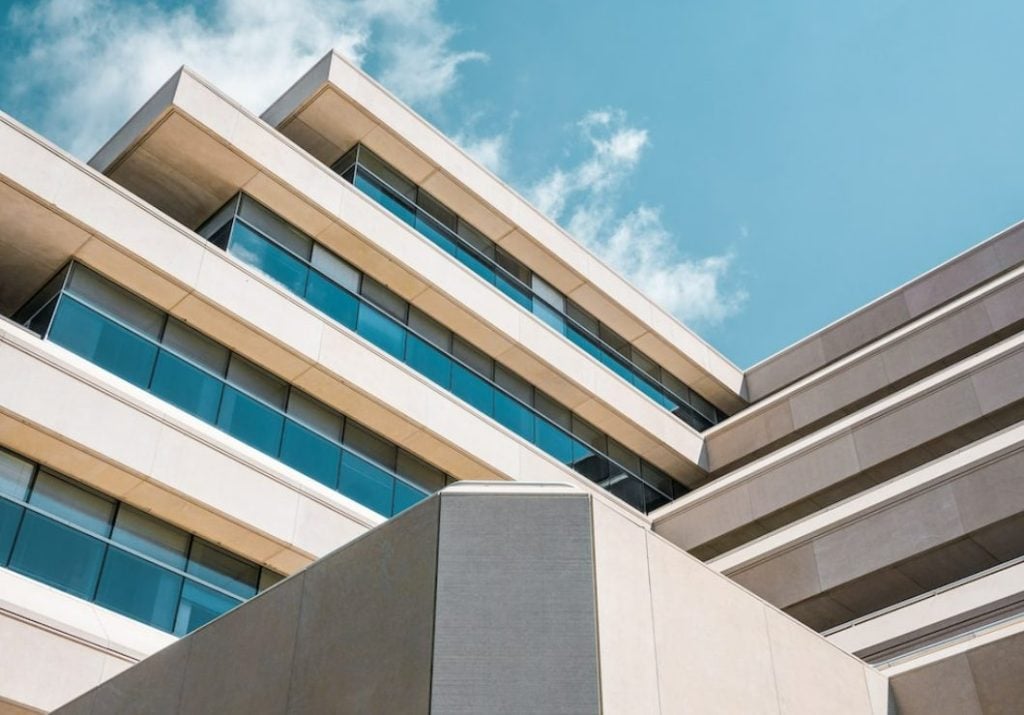
Better for the Environment
The global solution for cities, towns, and neighborhoods is LEED certification. LEED may assist new and existing buildings in reducing carbon emissions, energy use, and waste, conserving water, giving priority to safer materials, and reducing human exposure to toxins.
In major industrialized areas, energy-efficient buildings minimize pollution and enhance outdoor air quality, making LEED a crucial tool in lowering smog.
Shifting to Sustainability
Commercial and residential real estate will be required to invest in technology that is focused on sustainability and resilience as the globe gradually adjusts to the new normal. Recent international events have also sparked debate about the need to advance green technology and real estate to improve the overall health and wellness of societies worldwide.
One of the reemerging themes in the local real estate market is “Green Growth.” As the corporate community, real estate investors, and even renters start to change their priorities in protecting their health and safety while inside their workplaces, more client and market demand is moving toward sustainable construction.
The creators of LEED, the USGBC, as well as a whole sector of dedicated businesses and people who are paving the path for market transformation support LEED. Each year, the USGBC invests more than $30 million to support, run, and enhance LEED and customer service.
Balenciaga, Daiichi Properties, Green Asia Resources Corporation, IRMO Inc., Metro Pacific Tollways South Corporation, NOVA Construction and Development, and Union Bank of the Philippines are few prestigious organizations from the Philippines that were awarded LEED certifications for their projects during the event.
Suggested Read: How Sustainability Concerns Influence Property Buyers
Suggested Read: DPWH’s Green Building Code: What You Need To Know
Suggested Read: How To Maintain A Good Credit Score
Suggested Read: BBB Credit Rating: Everthing To Know
Suggested Read: Sustainability In The Real Estate Industry

